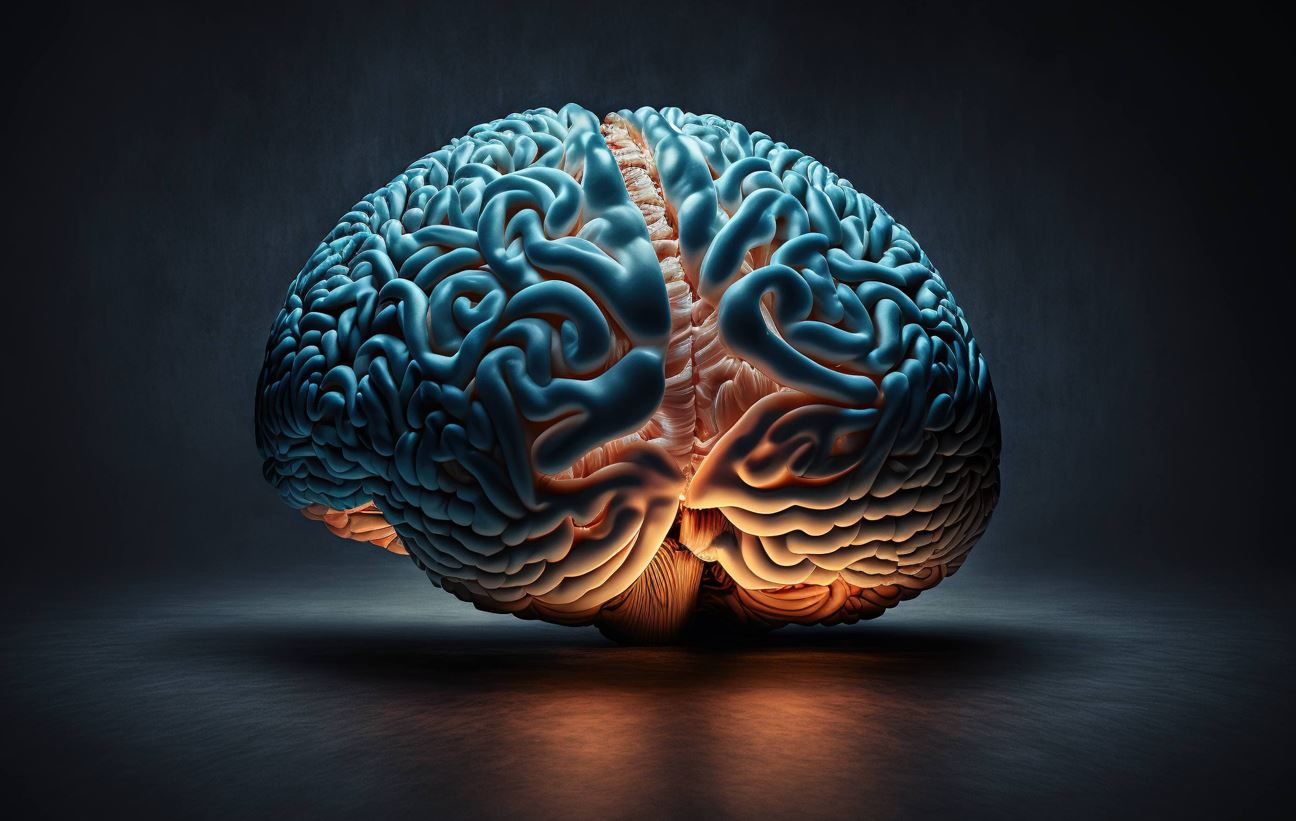Top scientists join forces to study the most unknown aspects of the human brain in a consortium involving UPF’s CBC
Top scientists join forces to study the most unknown aspects of the human brain in a consortium involving UPF’s CBC
For this purpose, a consortium of high-level researchers has been set up, called BRADY (Brain Dynamics), with the participation of the UPF Center for Brain and Cognition (CBC). This consortium is to coordinate a national and international macro research project, promoted by the government of the Czech Republic, with European funds.

To address unanswered questions in the field of neuroscience and investigate aspects that are still unknown concerning the functioning of the brain and the causes of different neurological and psychiatric diseases. This is the huge challenge facing the BRADY (Brain Dynamics) consortium of top scientists, which will involve Gustavo Deco, coordinator of the Computational Neuroscience Research Group of the UPF Center for Brain and Cognition (CBC).
The BRADY consortium aims to further the knowledge of brain dynamics with the aim of creating innovative diagnostic and therapeutic methods that increasingly customize treatments to the specific needs of each patient, taking advantage of the most advanced technologies and artificial intelligence (AI).
This consortium will be coordinating a macro research project, funded by the EU, through the Johannes Amos Comenius Programme, with a budget of close to 9.6 million euros over the next five years. This funding has been obtained by the Government of the Czech Republic, after applying for this call for European aid for high-level research, which will channel these funds via the BRADY consortium. Thus, the project is both national and international and, in fact, one of its objectives is to create an ecosystem of innovative interdisciplinary teams in the field of computational neuroscience and its medical applications.
Researchers from different disciplines (neuroscience, mathematics, computational science, medicine...) will be posed with the challenge of studying the most unknown aspects of the functioning of the human brain today. Until now, neuroscientific research has not been able to link the brain processes that take place in specific areas of the brain (micro) with the ones that take place in its entirety (macro). Neither has it been possible to comprehend the connection between the processes of cognitive impairment that develop in different time scales (short, medium and long term) and lead to a certain disease. Therefore, one of the main goals of the BRADY project will be to investigate the specific mechanics of brain functioning on different temporal and spatial scales, which is fundamental to understanding its dynamics and the cause of different diseases.
Innovative and personalized diagnostic and treatment methods will be designed for diseases such as schizophrenia, epilepsy and motor disability
The research team will be developing computational models of brain activity. In this way, it will be possible to capture images of brain activity on different time scales and study their dynamics in greater depth and with greater precision. With further scientific knowledge of brain dynamics, the next step will be to design new tools and approaches to improve the diagnosis of neuropsychiatric disorders, through the advanced mathematical analysis of big data. Furthermore, the research could potentially replace traditional approaches in the treatment of schizophrenia, epilepsy, movement disorders, sensory loss, or brain damage. To this end, new methods will be identified to modify brain dynamics through invasive and non-invasive neurostimulation, chronotherapy -pharmacological therapy governed by time that adapts to the dynamic evolution of the brain state during the disease process-, or the design of an advanced brain-machine interface.
In addition, personalized medicine methods will be employed, many of which make use of advances in the field of AI. This will allow testing the effectiveness of new drugs in a specific patient, designing personalized neurostimulation methods or planning minimally invasive surgical interventions to restore the dynamics of the altered brain network in functional brain disorders. Thanks to the tools designed using AI, it will be possible to obtain personalized brain models, with computational systems, improve the prevention of the risk of neurological diseases or improve their follow-up and monitoring.
The international nature of the consortium will help extend new diagnostic and treatment methods to different countries and their implementation
Highly competitive internationally, the BRADY interdisciplinary consortium gathers experts capable of tackling the toughest challenges associated with cutting-edge brain research. Its international nature will make it easier to extend and implement the diagnostic and treatment methods resulting from its investigations more quickly in different countries. Also, the consortium will contribute to interdisciplinary research, which is fundamental in order to further knowledge of brain dynamics, which requires experts in fields such as neuroscience, mathematics, computational science and medicine. Thus, the creation of an ecosystem of researchers into brain dynamics will allow sharing and acquiring the infrastructures or technologies required for scientific studies.
Finally, the BRADY consortium’s macroproject provides an excellent opportunity to train neuroscientists in various aspects of interdisciplinary research and strengthen international cooperation. Indeed, the team will consist of some 60 researchers, half of them young people in training and half of them senior researchers, including top-level neuroscientists.
The consortium is coordinated by the Institute of Computer Science of the Czech Academy of Sciences in the Czech Republic. A further three centres in the Czech Republic are also project partners: the National Institute of Mental Health, Charles University and the Czech Technical University in Prague.
The outcomes of the research carried out by the consortium are expected to lead to more than 280 scientific articles on the states of brain dynamics and models to capture and predict the effect that certain interventions may have.
